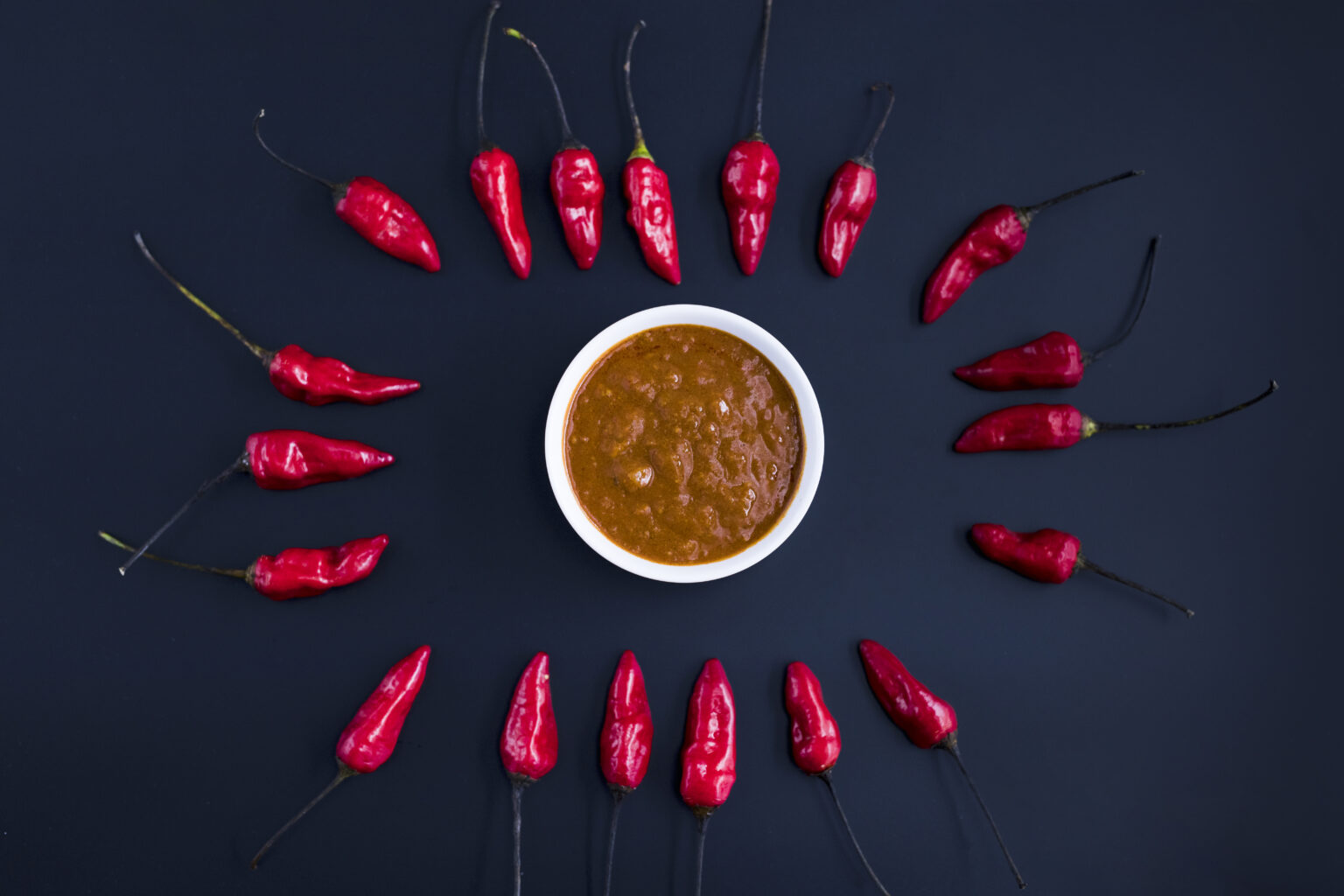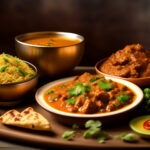South African cuisine is a vibrant fusion of diverse cultural influences, and one of the key components that adds a burst of flavor to its dishes is chutney. South African chutneys are a delightful blend of sweet, tangy, and spicy flavors that have evolved over centuries, reflecting the country’s historical and cultural tapestry. In this article, we delve into the history and flavors of South African chutneys, highlighting their significance in the local culinary landscape.
Historical Origins: The roots of South African chutneys can be traced back to the arrival of Indian immigrants in the late 19th century. These settlers brought with them their culinary traditions, including the art of pickling and preserving fruits and vegetables. As they integrated into South African society, they began to incorporate local ingredients and techniques, resulting in a unique fusion of Indian and African flavors.
Flavor Profiles: South African chutneys encompass a wide range of flavors, each with its own distinctive character. While there are countless variations, two particular styles have gained prominence: sweet mango chutney and hot chili chutney.
- Sweet Mango Chutney: Made from ripe mangoes, this chutney is a harmonious blend of sweet and tangy flavors. The mangoes are cooked down with a combination of spices such as cinnamon, cloves, ginger, and mustard seeds, resulting in a thick and luscious sauce. It pairs exceptionally well with curries, stews, and grilled meats, adding a refreshing contrast to the richness of the dishes.
- Hot Chili Chutney: For those who enjoy a fiery kick, hot chili chutney is a popular choice. This chutney typically features a combination of red or green chili peppers, vinegar, garlic, ginger, and spices. It delivers a punch of heat that tantalizes the taste buds, making it an ideal accompaniment for samosas, sandwiches, and barbecued meats.
Usage and Culinary Influence: South African chutneys have permeated the local culinary scene and have become an integral part of the nation’s cuisine. They are not only enjoyed as condiments but also used in various dishes, both traditional and contemporary.
In traditional South African cuisine, chutneys are frequently served alongside bobotie (a spiced minced meat dish), boerewors (sausages), and bunny chow (a hollowed-out loaf of bread filled with curry). They provide a burst of flavor and enhance the overall taste of these dishes.
Additionally, South African chutneys have inspired innovative culinary creations. Chefs and home cooks alike experiment with chutneys, incorporating them into marinades, salad dressings, and even desserts. This versatility has expanded the scope of chutneys beyond their traditional uses, allowing for culinary exploration and creativity.
Preserving Culinary Heritage: South African chutneys not only showcase the flavors of the Indian diaspora but also serve as a testament to the country’s rich cultural diversity. They symbolize the amalgamation of various traditions and highlight the importance of preserving culinary heritage.
Today, chutney-making is a cherished tradition in many South African households, with families passing down their unique recipes from generation to generation. These homemade chutneys not only embody the flavors of the past but also foster a sense of community and connection.
South African chutneys are a testament to the country’s multicultural heritage, blending Indian influences with local ingredients and techniques. From the sweet mango chutney to the fiery hot chili chutney, these condiments add a burst of flavor to a range of dishes, elevating the South African culinary experience. Whether enjoyed traditionally or incorporated into innovative recipes, South African chutneys continue to captivate palates and preserve a rich tapestry of flavors.








